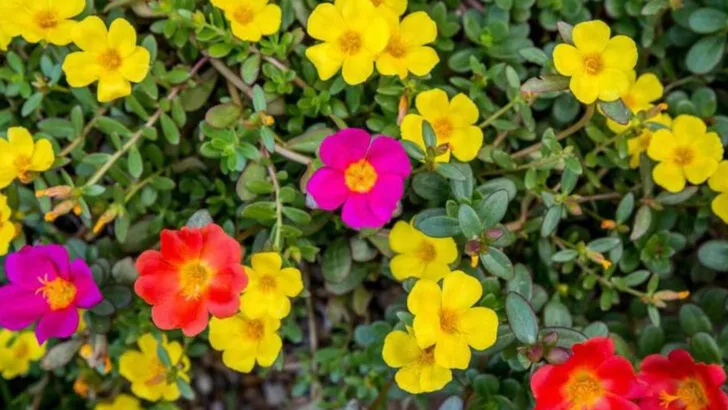Not every plant can handle the heat—and even fewer can handle it without daily watering. But that doesn’t mean your garden has to look crispy and sad once summer hits. If you’re tired of watching flowers wilt the second the sun cranks up, it’s time to switch to drought-tolerant plants that know how to thrive, not just survive.
These 17 stunning survivors don’t just get by during dry spells—they actually look amazing while doing it. We’re talking about bold blooms, sculptural leaves, and vibrant colors that hold up even when the watering can stays in the shed. Many of them are used in desert gardens, Mediterranean courtyards, and modern low-maintenance landscapes, which means they’re perfect for anyone who wants gorgeous results with minimal effort.
Whether you’re dealing with water restrictions, forgetful watering habits, or just brutal summer heat, these plants are your new best friends. They don’t complain, they don’t droop, and they definitely don’t look like they’re just barely hanging on. If you want a garden that turns heads in August—without turning into a chore—these are the drought-resistant showstoppers you need.
Lavender
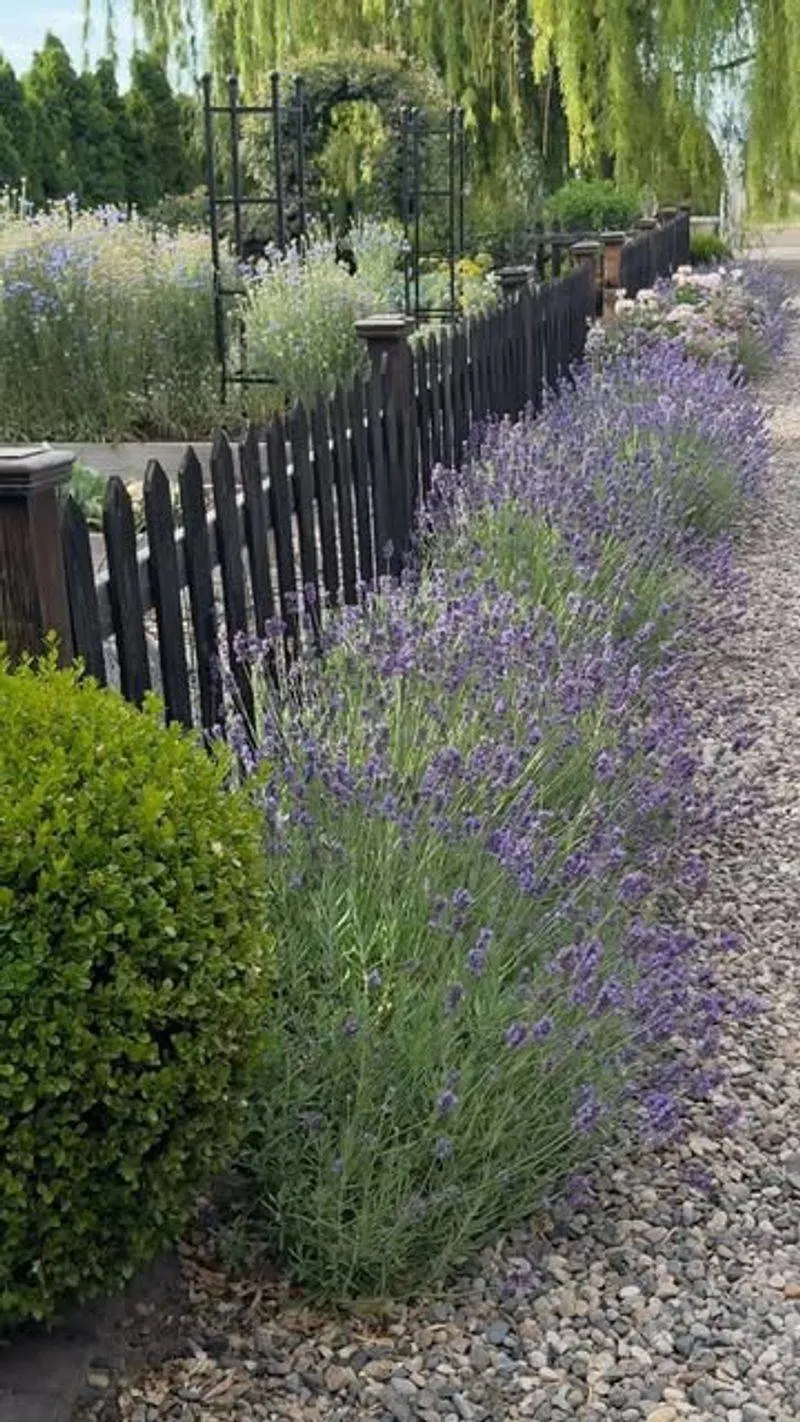
With its aromatic allure, lavender stands as a drought-resistant marvel. Its gray-green foliage contrasts beautifully with the vibrant purple blooms, creating a visual spectacle. Known for its calming fragrance, a bunch of lavender can transport you to serene landscapes. As you walk through a lavender field, the symphony of colors and scents is truly mesmerizing. Plus, it’s a haven for pollinators. This plant is not just a treat for the eyes but also for the soul. Its resilience against harsh conditions makes it an essential addition to any garden.
Succulents
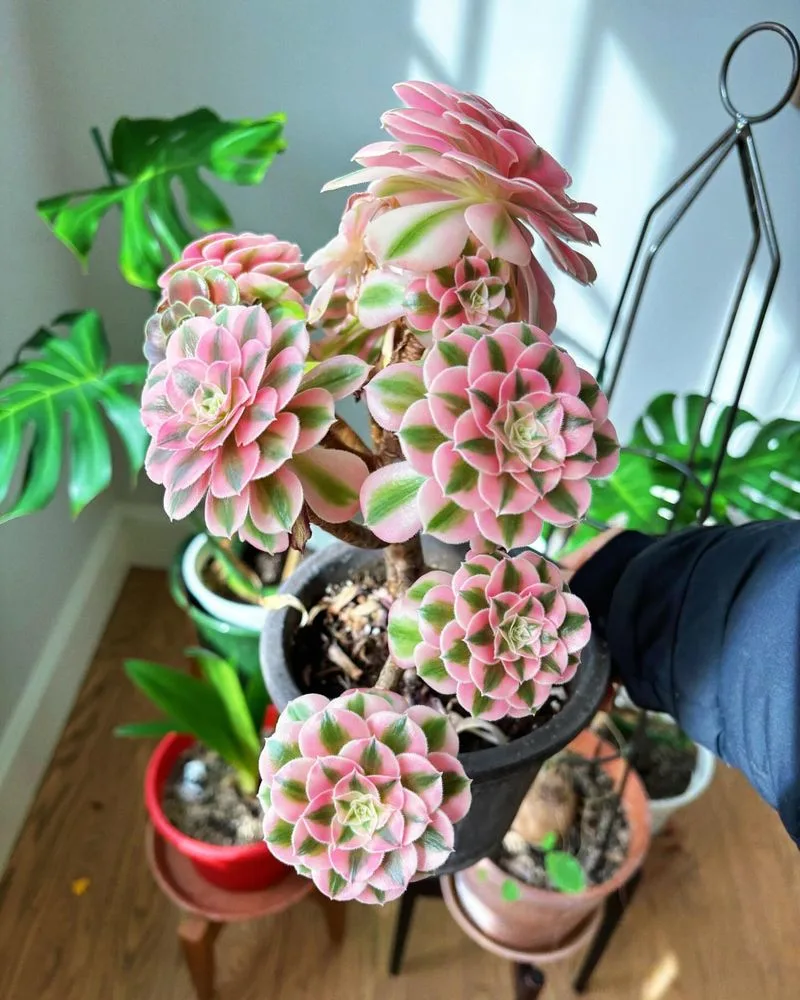
Succulents are the epitome of survival with flair. With their thick, fleshy leaves, they store water efficiently, making them perfect for arid regions. Each succulent has its own story to tell through its unique patterns and colors. From the whimsical shapes of the echeveria to the rosette forms of hens-and-chicks, these plants add a modern touch to any space. Their versatility extends beyond the garden, thriving in pots indoors or out. A collection of succulents can transform any setting into a chic, sustainable environment.
Agave
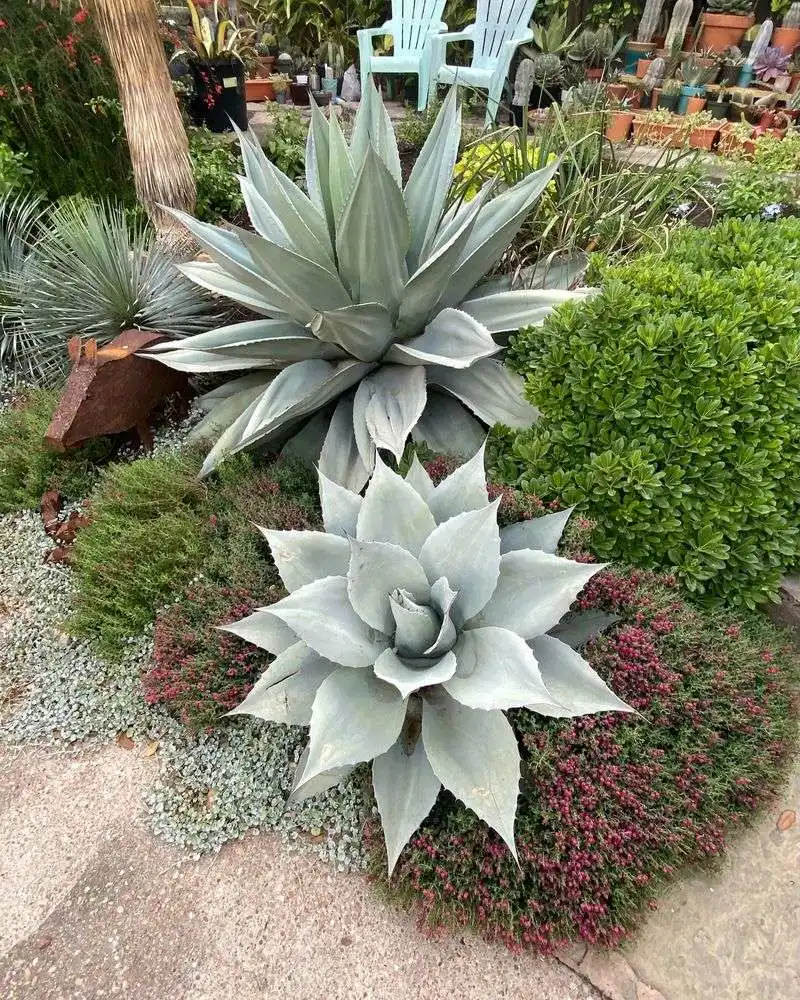
Agave embodies strength and elegance in the plant world. These sculptural plants are renowned for their sharp, architectural leaves that capture attention. Whether placed in a rock garden or as a standalone feature, agave delivers a striking presence. It’s no wonder these plants have been cherished for centuries, used in traditional Mexican beverages and crafts. Their ability to survive harsh sunlight and minimal water makes them a top choice for xeriscaping. With agave, a garden can transform into a desert-inspired haven.
Sedum
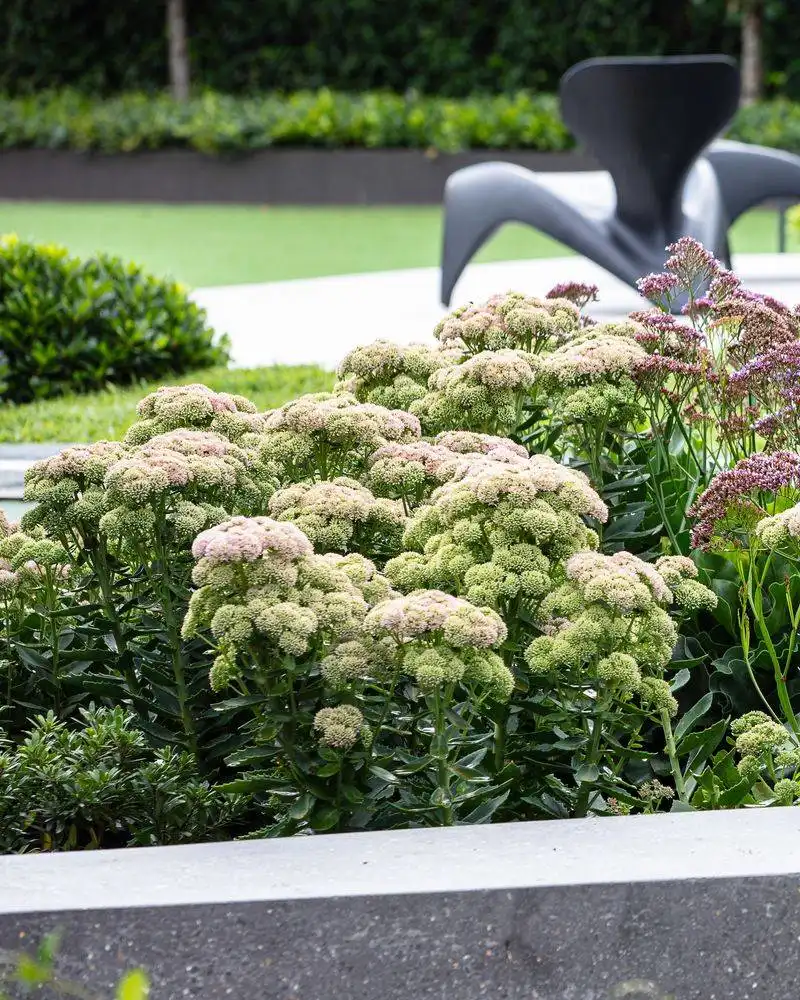
Sedum, or stonecrop, is a gardener’s delight with its vibrant hues and unyielding nature. These low-growing plants blanket the ground with a tapestry of color. As the seasons change, so do their shades, offering a dynamic visual experience. Perfect for rock gardens or green roofs, sedum requires minimal care. Its fleshy leaves retain moisture, ensuring survival in dry spells. Whether used as ground cover or as an accent in containers, sedum promises year-round beauty and resilience.
Bougainvillea
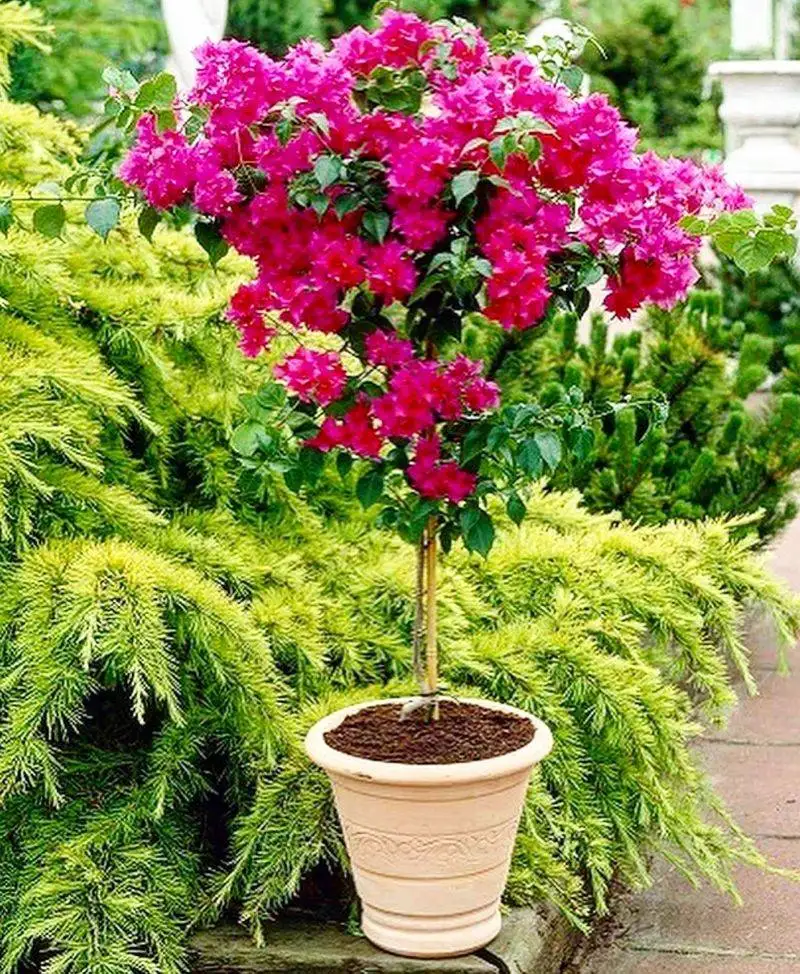
Vibrant and flamboyant, bougainvillea is a showstopper. Its bright bracts, often mistaken for flowers, add a splash of color to any setting. Cascading over walls or trellises, it creates a tropical ambiance. Despite its delicate appearance, bougainvillea is incredibly hardy. It thrives in hot, dry conditions, making it a favorite for Mediterranean-style gardens. The combination of its vivid hues and resilience against drought makes bougainvillea a must-have for those seeking both style and substance in their outdoor spaces.
Yucca
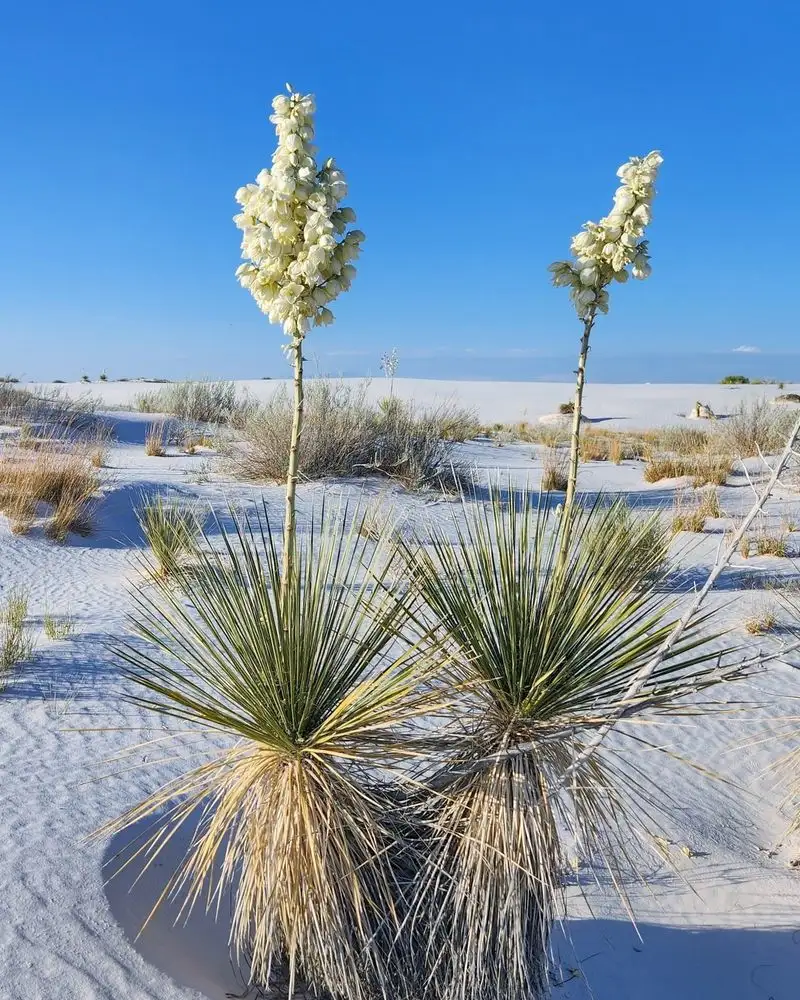
Yucca stands as a testament to nature’s resilience. With its bold, spiky leaves and towering flower stalks, yucca commands attention in any garden. These plants are well-adapted to dry environments, thriving where others might wither. Their dramatic appearance makes them ideal focal points in xeriscapes. Additionally, yuccas have historical significance, with indigenous peoples using their fibers for making ropes and sandals. Despite their rugged persona, they offer grace and beauty, embodying the spirit of the desert.
Euphorbia
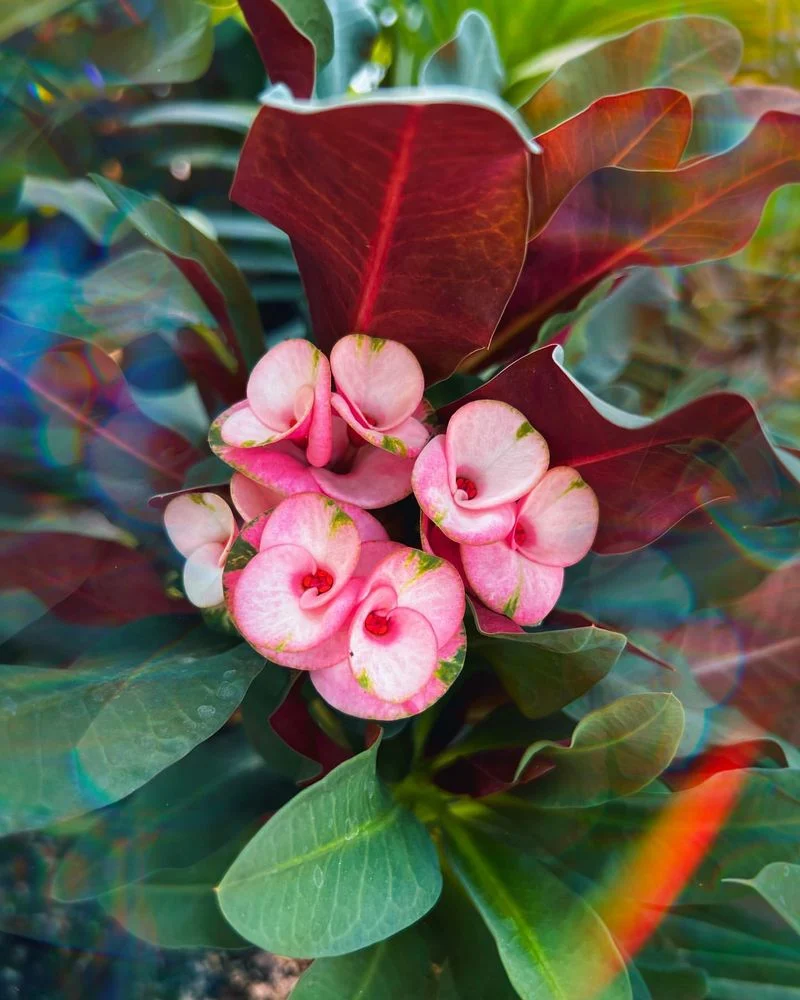
Euphorbia offers an eccentric charm with its diverse shapes and textures. These plants are as varied as they are resilient, thriving in conditions where many others falter. From the dramatic forms of Euphorbia milii to the delicate beauty of Euphorbia obesa, there’s a type to suit every garden. Their unique sap, while toxic, has been historically used for medicinal purposes in some cultures. Euphorbias are not just survivors but also storytellers, adding intrigue and interest to any landscape.
Aloe Vera
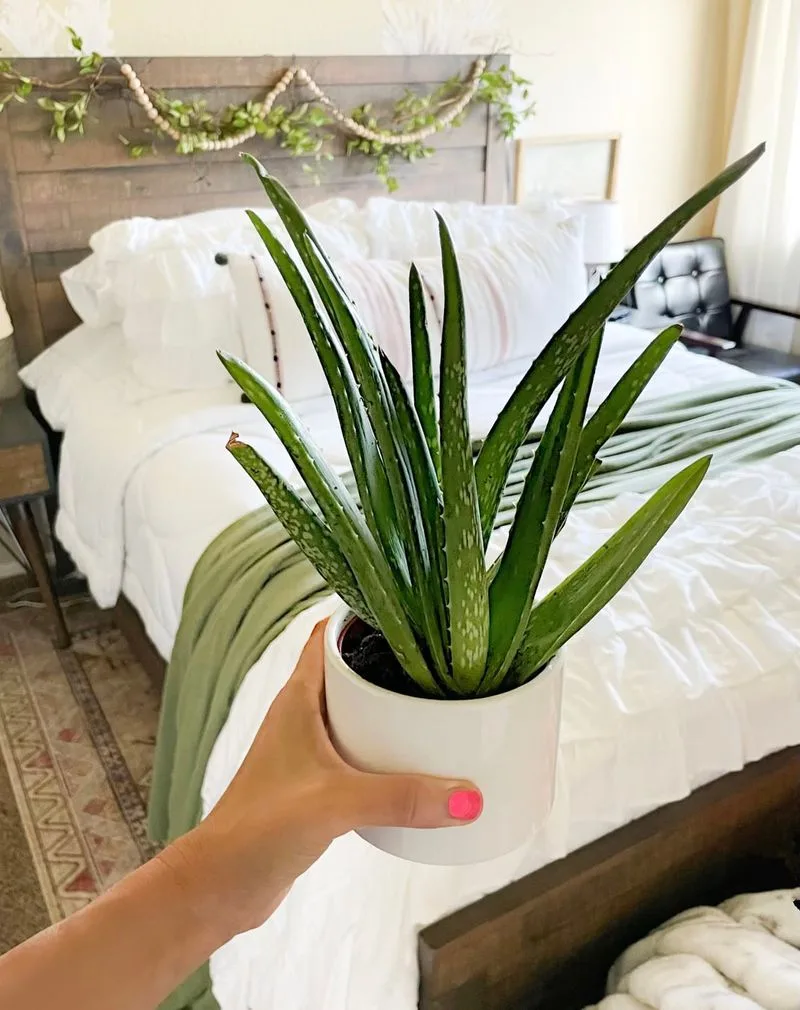
Aloe vera is more than just a plant; it’s a healing companion. Known for its soothing gel, aloe vera is a staple in many homes. Its thick, succulent leaves are designed to store water, ensuring survival through dry spells. This plant’s medicinal properties have been recognized for centuries, used to treat burns and skin ailments. Beyond its practical uses, aloe vera’s striking appearance makes it a stylish addition to any windowsill or garden. Its ability to blend beauty with utility is truly unmatched.
Oleander
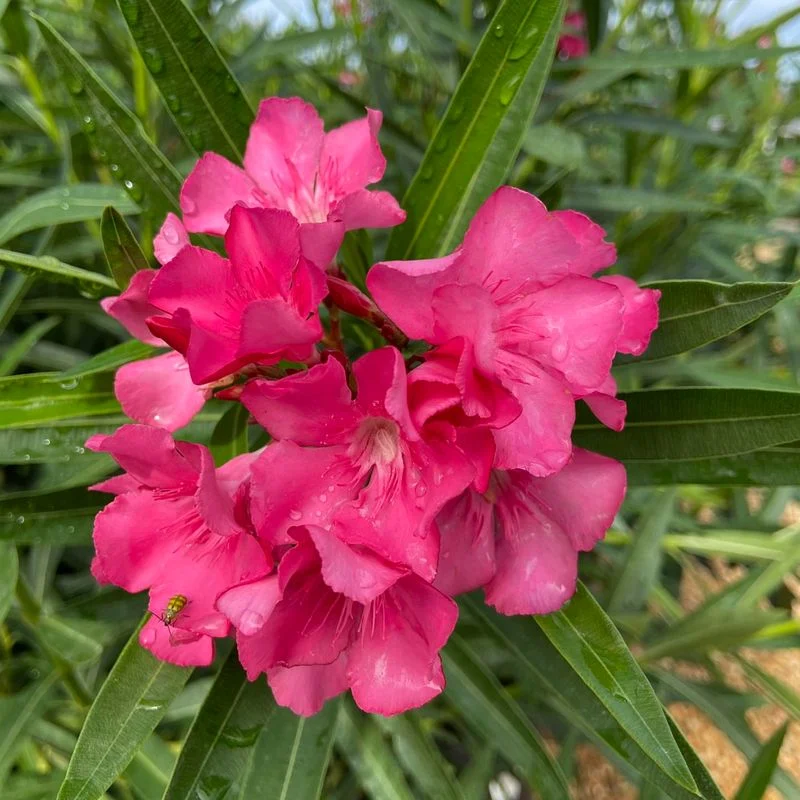
Oleander holds a touch of romance with its fragrant blossoms. This evergreen shrub is a favorite in Mediterranean gardens, known for its clusters of pink, white, or red flowers. Despite its beauty, oleander is a hardy survivor, thriving on minimal water. However, gardeners should handle it with care, as all parts of the plant are toxic. With proper placement, oleander can transform a garden path into a fragrant escape, offering both visual and aromatic delights. Its combination of grace and grit is truly captivating.
Russian Sage
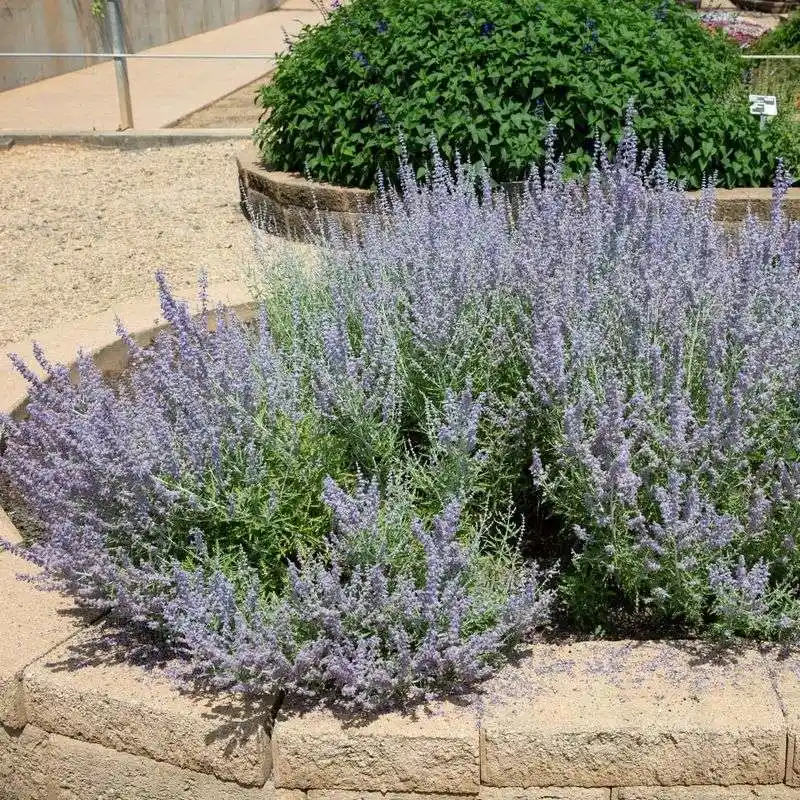
Russian sage brings a touch of elegance to any landscape with its airy stems and lavender-blue flowers. This sun-loving perennial thrives in well-drained soil, requiring little water once established. Its silvery foliage provides a stunning backdrop, enhancing the vibrancy of its blooms. When brushed against, Russian sage releases a pleasant fragrance, adding another layer to its charm. Ideal for borders or mass plantings, it offers a sense of movement and lightness, dancing gracefully in the wind.
Cacti
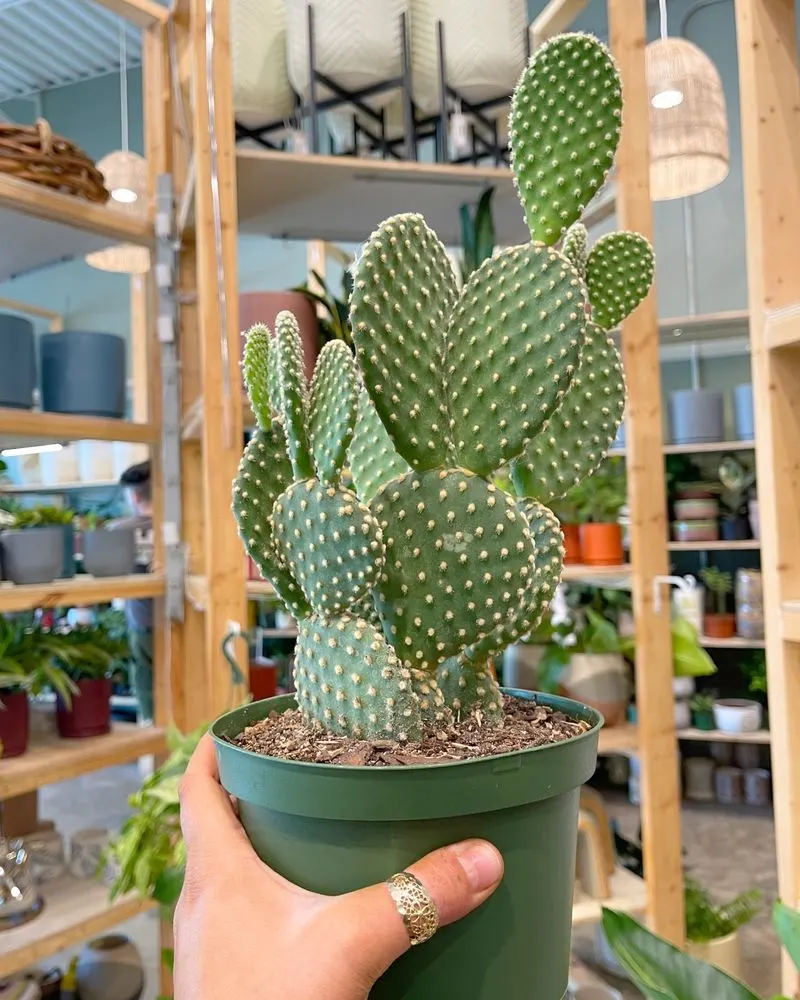
Cacti are the quintessential symbols of desert survival. Each species boasts its own unique form and adaptation, from the towering saguaro to the compact barrel cactus. Their spines, while protective, also reduce water loss, making them masters of conservation. Cacti bring a sense of the wild to any garden, offering an exotic allure. Their blooms, though fleeting, are spectacular and vibrant. These plants are not just survivors; they are artists, painting the landscape with their distinctive silhouettes and textures.
Lantana
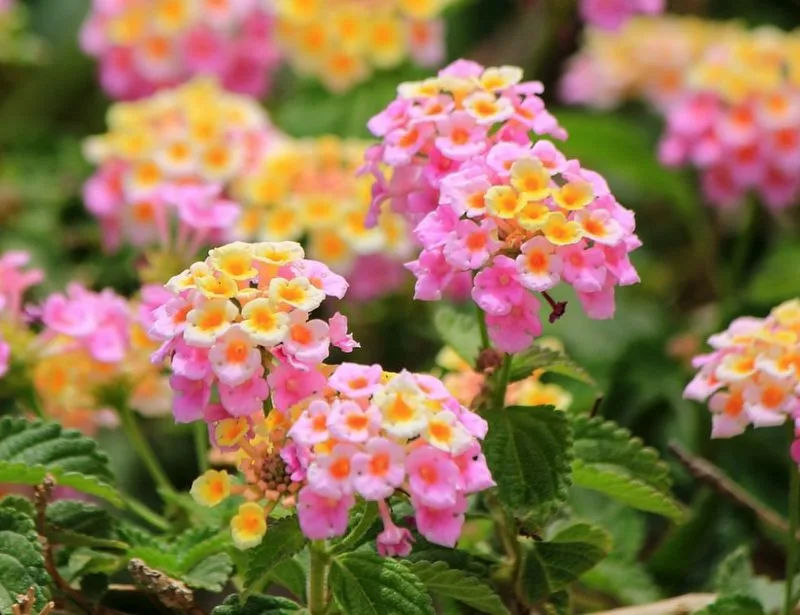
Lantana is a festival of colors with its cheerful flower clusters. This hardy shrub thrives in challenging conditions, bringing a splash of color to dry gardens. Its blooms attract butterflies and bees, making it a lively addition to any landscape. Lantana’s ability to flower profusely with little care makes it a gardener’s ally. However, in some regions, its vigorous growth can become invasive, so monitoring is key. With its vibrant display and resilience, lantana adds joy and vibrancy to any space.
Rosemary
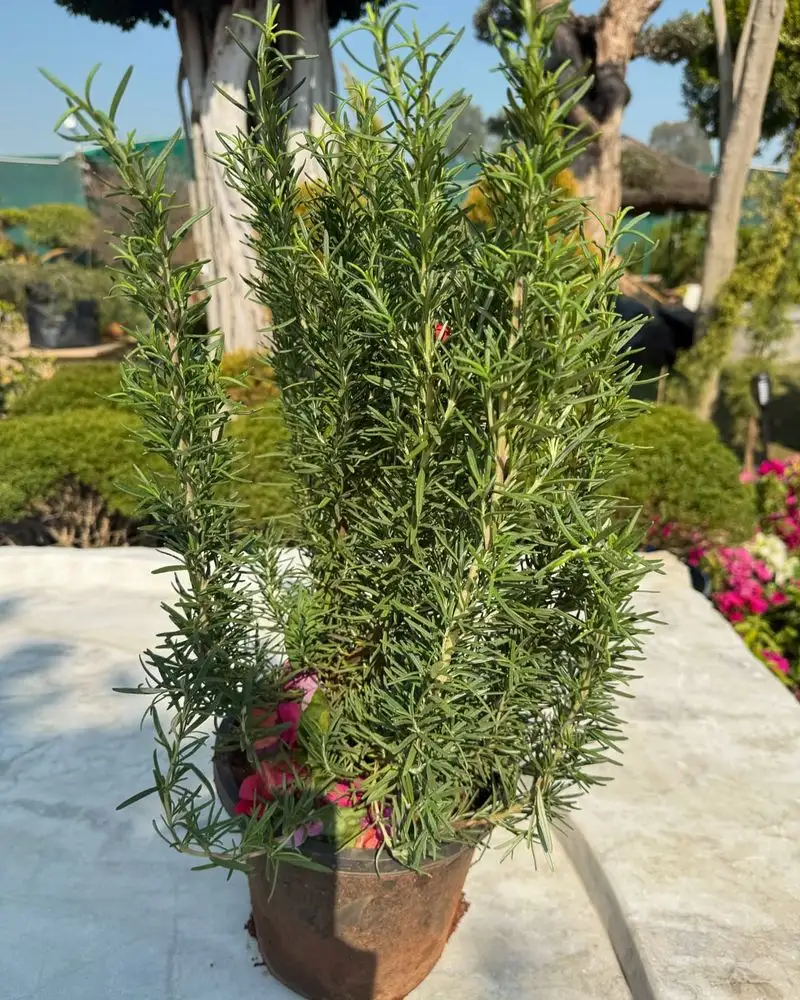
Rosemary is a culinary delight with its aromatic leaves and charming appearance. This herb thrives in sunny, dry conditions, making it a perfect fit for Mediterranean gardens. Beyond its culinary uses, rosemary’s fragrance can enhance any outdoor space. Its evergreen nature provides year-round beauty, while its ability to thrive on neglect makes it a gardener’s favorite. Whether used in cooking or as an ornamental plant, rosemary’s blend of form and function makes it a versatile choice.
Thyme
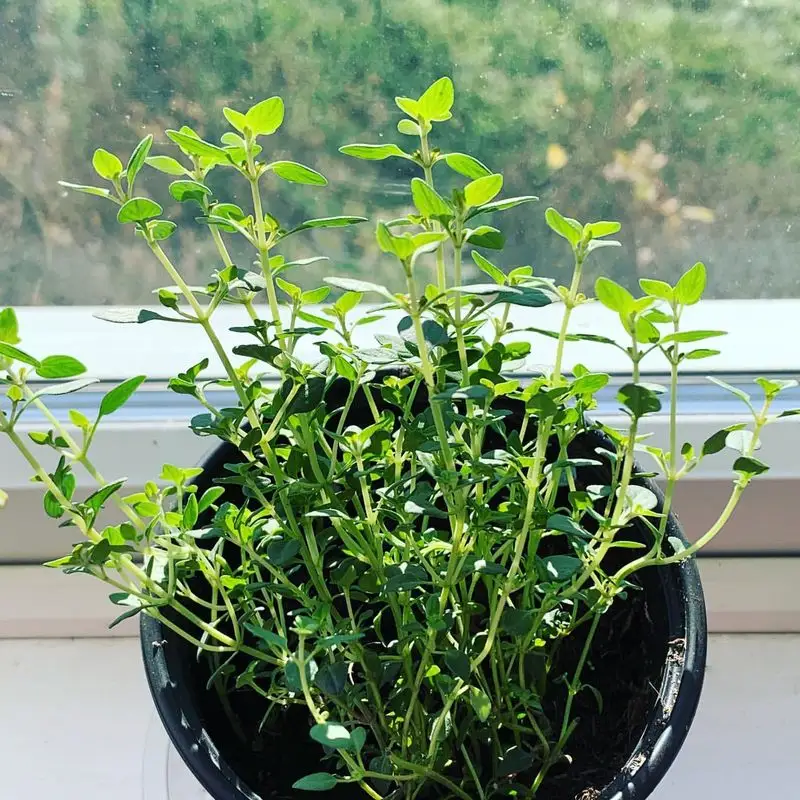
Thyme is a small herb with big character. Known for its culinary uses, thyme also boasts drought-tolerant qualities that make it a valuable garden addition. Its tiny leaves and subtle flowers create a carpet-like effect, perfect for filling gaps between stones or paving. Thyme’s resilience allows it to thrive in poor soil conditions, adding greenery and aroma to arid landscapes. This little herb proves that good things come in small packages, offering both flavor and beauty with minimal fuss.
Verbena
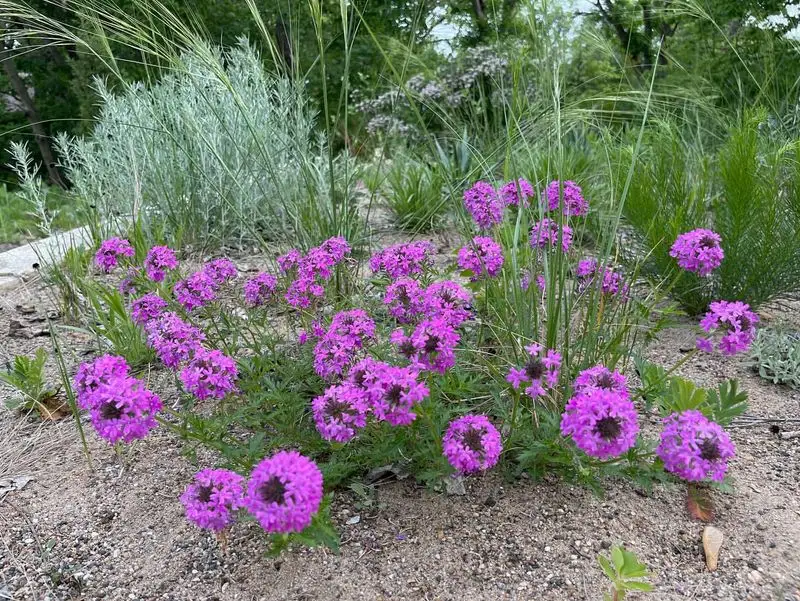
Verbena is a joyful burst of color that thrives in the face of adversity. This flowering plant is known for its long blooming season and low water requirements. Its clusters of flowers come in a range of shades, adding diversity and vibrancy to any garden. Verbena’s sprawling nature makes it ideal for ground cover or hanging baskets. As a bonus, it’s a magnet for pollinators, bringing life and movement to your outdoor spaces. The resilience and charm of verbena make it a garden staple.
Gaillardia
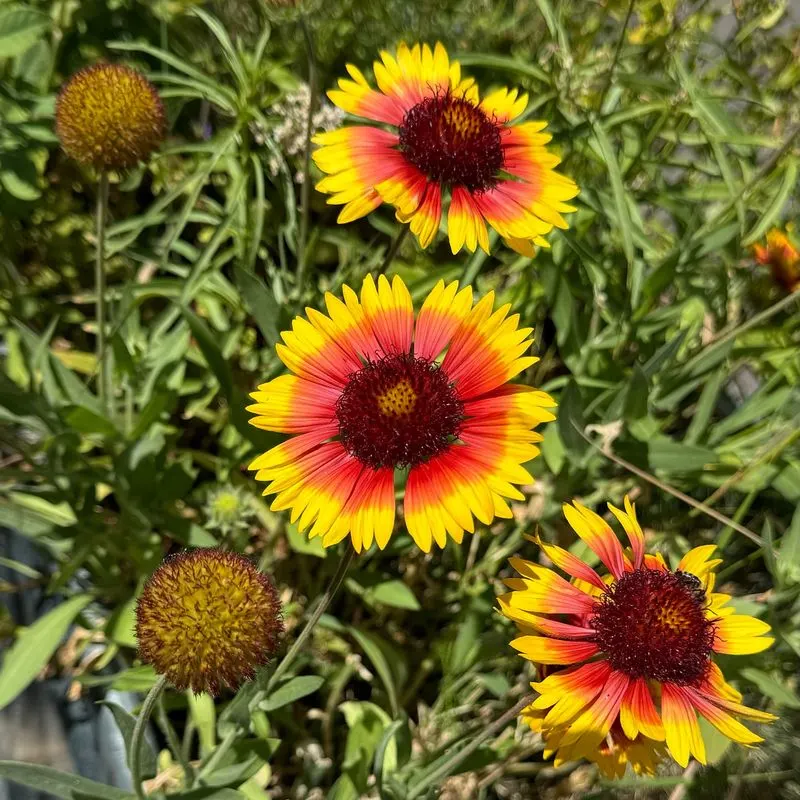
Gaillardia, or blanket flower, captivates with its fiery hues and unyielding spirit. These perennial wildflowers are native to the Americas, thriving in sunny, dry conditions. Their daisy-like blooms with red and yellow petals bring warmth and cheer to any garden. Gaillardias are not just pretty faces; they’re tough, enduring neglect and poor soil with grace. This plant’s ability to flower throughout the summer makes it a favorite for those seeking continuous color and minimal maintenance.
Portulaca

Portulaca, often known as moss rose, is a sun-loving annual with a penchant for neglect. Its succulent leaves and bright, cup-shaped flowers create a dazzling display in the heat of summer. Portulaca is perfect for rock gardens, containers, or as ground cover, thriving in poor soil with minimal water. As the sun sets, its blooms gently close, only to open again with the morning light. This plant proves that beauty and resilience can go hand-in-hand, offering color and joy with little effort.

